
There is no charm quite like a garden alive with birdsong and fluttering wings, bringing movement, balance, and life to the world. It’s not just about creating a beautiful space for human visitors; it’s about nurturing a breathing ecosystem right outside your door, where every flower and every drop of water contributes to a larger, vibrant natural tapestry.
Birds and butterflies are more than just pretty additions; they pollinate flowers, keep pests in check, and add an incredible dimension to your landscape. The good news is that transforming your outdoor space into a haven for these fascinating creatures doesn’t require fancy equipment or imported plants. With the right mix of greenery, water, and a little patience, even a small garden or balcony can become a cherished sanctuary for local wildlife.
In order to thrive in your landscape, both birds and butterflies need essential provisions: food, water, shelter, and protection from predators. By thoughtfully providing these, you’ll be rewarded with many benefits, including increased wildlife, natural insect control, enhanced pollination for better blooms, and more abundant crops. Here’s how to make your garden a natural magnet for birds and butterflies, gently and without the use of chemicals.
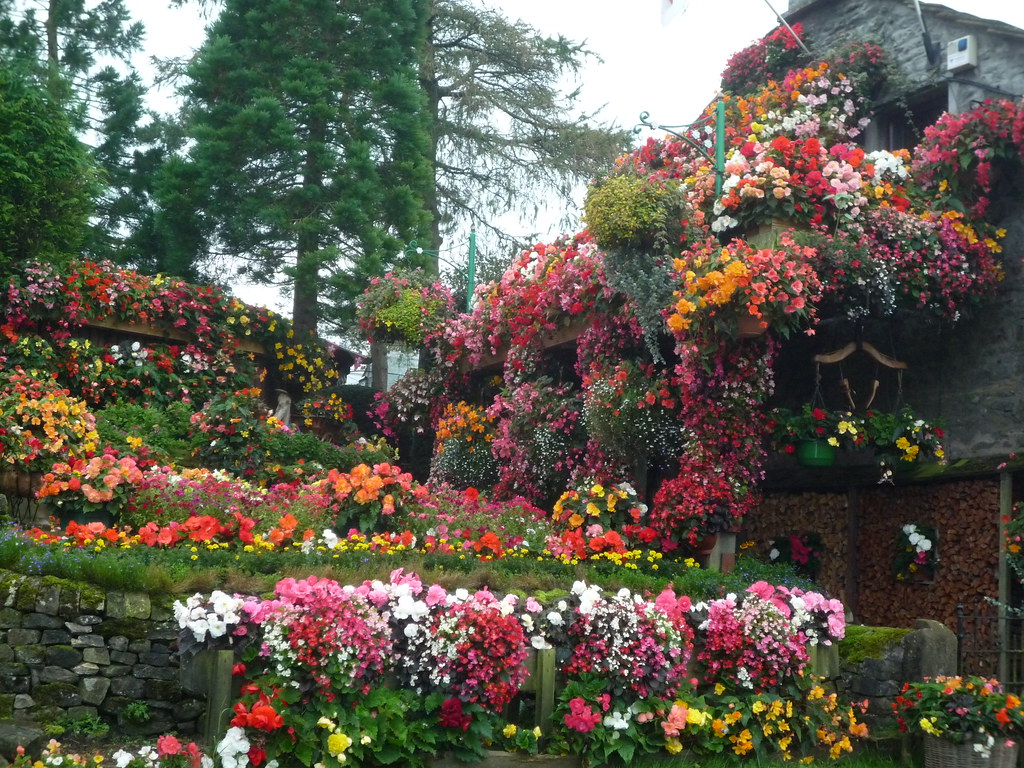
1. **Plant Native Flowering Species**Transform your garden into a vibrant tapestry of native blooms that beckon local birds and butterflies with their familiar colors and nourishing nectar. Native plants are exceptionally beneficial because they are perfectly adapted to your local climate and soil conditions, thriving with less maintenance while offering the precise food and habitat resources that native wildlife depends on. Consider integrating plants like purple coneflowers, which sway gracefully, and golden black-eyed susans, whose bright petals are irresistible.
Clusters of native asters and bee balm create patches of jewel-toned beauty throughout the seasons, ensuring a continuous supply of food. Delicate butterfly weed and native salvias add splashes of orange and deep blue, creating an enchanting display that mirrors the natural landscapes of your region. These plants not only provide nectar for adult butterflies but also serve as crucial host plants for caterpillars, such as milkweed for monarchs, dill, and fennel, which are essential for their life cycle.
Your garden will truly come alive with movement as American goldfinches perch on sturdy native grass stems, and monarch butterflies drift lazily between milkweed plants. Cardinal flowers stand tall with their brilliant red spikes, while native columbines nod gently in the breeze, their unique shapes providing natural perches for hummingbirds. The thoughtful combination of heights, colors, and bloom times ensures a constant parade of winged visitors throughout the growing season, turning your garden into a lively natural spectacle.
To begin, research plants native to your specific region, focusing on species that naturally attract local wildlife. Create planting zones with taller species at the back and shorter ones in front, ensuring clear flight paths between clusters. Group plants in odd-numbered clusters of three or five to create visual impact while maintaining natural spacing that allows for mature growth. Crucially, incorporate various bloom times to provide continuous food sources throughout the growing season, and always avoid using pesticides that could harm beneficial insects and their predators, ensuring a healthy environment for all.
When designing your native garden space, consider vertical elements like trellises for native vines and varying heights of plantings to create multiple feeding zones. For small spaces or balconies, focus on container-friendly natives like compact butterfly bush varieties or native wildflower mixes in deep pots. Ensure adequate drainage and full sun exposure, as most native flowering species thrive in these conditions. Remember that native plants typically require less maintenance once established, but regular deadheading will encourage continuous blooming and seed production for bird feeding.
Read more about: America’s Enduring Story: Unveiling 13 Defining Pillars of the United States’ Identity and Impact
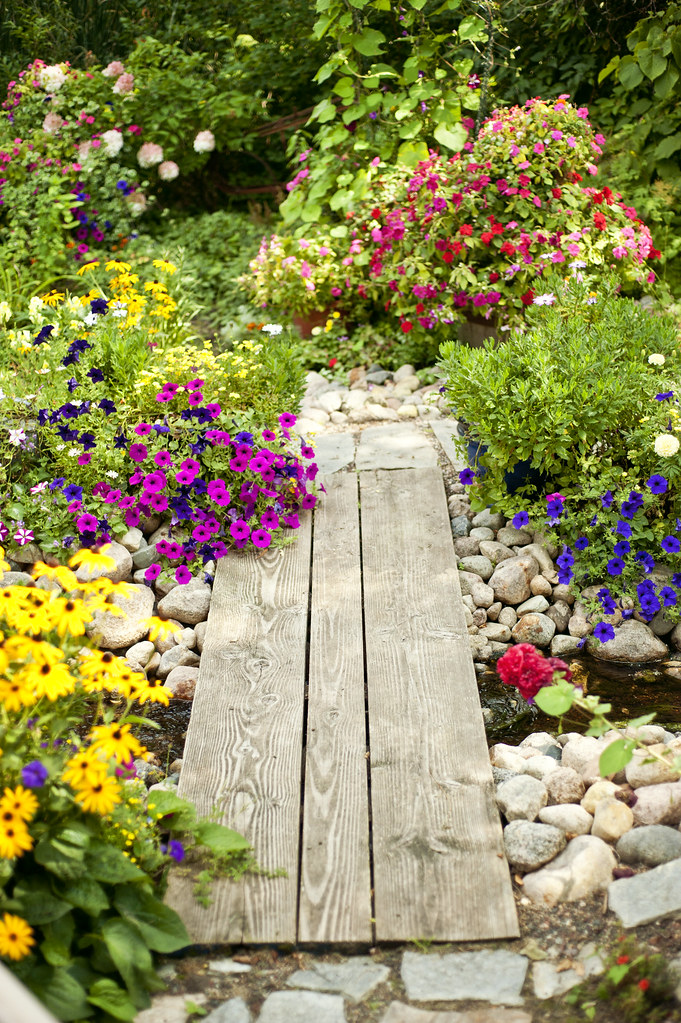
2. **Create a Multi-Level Garden Design**A multi-level garden design transforms an ordinary backyard into a dynamic sanctuary where birds and butterflies can explore various heights and microclimates. Tall flowering trees create a protective canopy, offering shelter and high perching spots, while medium-height shrubs and perennials form the middle story, providing nesting sites and mid-level food sources. This is complemented by ground-level flowering plants that carpet the earth, offering low-level foraging opportunities and shelter for ground-dwelling insects.
This vertical variety mirrors natural habitats, making your garden more appealing and functional for a wider range of species. Clematis and morning glories climbing trellises create living walls that butterflies dance around, finding nectar and resting spots, while birds flit effortlessly between different feeding zones. This layered approach produces a lush, forest-like atmosphere where every level serves a distinct purpose in the wildlife habitat, enhancing biodiversity and providing a sense of depth and intrigue.
Beyond just providing varied habitats, a multi-level design also adds significant architectural interest to your garden. Birdbaths and feeding stations positioned at different heights encourage aerial activity and cater to species with different preferences. Stone retaining walls and raised beds add structure and create additional perching spots, warming in the sun for butterflies to bask. The combination of heights, textures, and colors creates a sense of depth that makes even modest spaces feel like expansive wildlife sanctuaries, inviting exploration for both wildlife and human observers.
Essential elements for this design include tall trees such as maple, oak, or fruit trees for the upper canopy, and medium-height flowering shrubs for the middle layer. Ground cover plants are vital for the lowest level, alongside climbing vines and trellises to maximize vertical space. Consider incorporating raised beds or retaining walls for structural interest, and multi-level water features or elevated bird feeders to attract more visitors. Stacked rock gardens and varying height planters further enhance the tiered effect, offering additional microhabitats.
Begin implementation by establishing the tallest elements first, positioning trees at the north side to prevent overshadowing smaller plants and ensuring optimal sunlight for lower layers. Create raised beds using natural materials like stone or wood, varying heights between 1-3 feet to establish distinct planting zones and provide diverse root space. Install trellises and support structures for climbing plants along fences or walls, ensuring they’re sturdy enough to support mature vines and offer reliable vertical habitat. Connect different levels with gentle slopes or stepping stones to maintain accessibility for maintenance and provide easy passage for small creatures.
Layer plants according to height, with taller specimens at the back of beds gradually transitioning to shorter varieties in front, mimicking natural growth patterns. Position water features and feeding stations at various heights to maximize wildlife visibility and access, catering to different species’ preferences and habits. For smaller spaces or balconies, utilize vertical gardening techniques like wall-mounted planters, hanging baskets at staggered heights, and compact columnar trees in containers. Consider collapsible or modular structures that can be adjusted seasonally, and focus on dwarf varieties of plants that naturally maintain smaller proportions. Incorporate lightweight, moveable elements like shepherd’s hooks for hanging feeders and portable water features to maintain flexibility in limited spaces.
Read more about: From Concept Car Catastrophe to Production Car Panic: 14 Vehicles That Redefined ‘Awful’ on the Asphalt

3. **Install Bird Feeders and Nectar Stations**Transform your garden into a vibrant sanctuary with strategically placed bird feeders and nectar stations that draw nature’s most enchanting visitors. Imagine copper and glass feeders catching the morning light while suspended from shepherd’s hooks, creating an artistic display that doubles as a vital feeding station. Below them, native flowers like cardinal flower, bee balm, and trumpet honeysuckle provide natural perches and additional food sources, their bright blooms adding splashes of red and purple to the landscape, enhancing both beauty and biodiversity.
The air comes alive with the gentle flutter of wings and melodic birdsong as chickadees, finches, and hummingbirds dart between feeding stations, creating a dynamic and lively atmosphere. Stone birdbaths nestled among butterfly bush and lantana create refreshing oases for drinking and bathing, while hanging basket plantings overflow with nectar-rich flowers, drawing butterflies to sip at their blooms. The careful arrangement of these elements creates multiple feeding zones at varying heights, ensuring both birds and butterflies have safe, accessible spaces to feed and rest, minimizing competition and allowing more species to visit.
Essential elements for a comprehensive feeding strategy include multiple bird feeder styles to cater to different dietary needs, such as tube feeders for seeds, platform feeders for mixed grains, and nectar feeders specifically for hummingbirds. You’ll also need sturdy shepherd’s hooks and mounting poles for secure placement, along with birdbaths or other water features nearby. Don’t forget native nectar-producing flowers to supplement artificial feeders, and hanging baskets and containers to extend feeding opportunities vertically. Providing perching plants and shrubs near feeders offers safety, and weather protection elements and squirrel barriers are crucial for sustained success. Always have cleaning supplies on hand to maintain hygiene.
Position feeders and nectar stations at least 10-15 feet apart to prevent territorial disputes among birds, ensuring each station has clear flight paths and escape routes to nearby cover. Install feeders near natural shelter like shrubs or small trees, but not so close that predators can easily ambush feeding birds. Maintaining consistent feeding schedules helps birds recognize your garden as a reliable food source, and cleaning stations regularly is vital to prevent disease spread. Place water sources at varying heights, from ground level to elevated birdbaths, creating a tiered effect that accommodates different species’ preferences for drinking and bathing.
Season-specific adaptations will maximize your garden’s appeal throughout the year. Offer high-energy foods like black oil sunflower seeds in winter to support birds during colder months. Switch to nectar feeders in spring and summer to welcome hummingbirds and butterflies when natural nectar is abundant. Provide fruit and berry options in fall to aid birds preparing for migration, ensuring your garden remains a valuable stopover. For limited spaces like balconies, use railing-mounted feeders and vertical gardening techniques with climbing nectar plants. Consider window-mounted feeders with suction cups for very small spaces, but always apply UV decals to your windows to prevent potentially fatal bird collisions.

4. **Add a Water Feature or Bird Bath**Imagine a tranquil oasis where the gentle sound of trickling water mingles with melodic birdsong, creating nature’s own symphony in your garden. A carefully placed stone bird bath stands as the centerpiece, its weathered surface catching glints of sunlight while providing a welcoming spot for feathered visitors to drink and bathe. This simple addition instantly elevates your garden’s appeal, making it an irresistible destination for local wildlife seeking vital hydration and a place to preen.
Surrounding the water feature, clusters of native flowers like black-eyed susans and purple coneflowers sway in the breeze, their bright blooms attracting both birds and butterflies, creating a picturesque scene. The water feature transforms your garden into a vibrant wildlife sanctuary, where robins splash playfully in the shallow pool while chickadees perch on nearby branches, waiting their turn. Whether you choose a classic pedestal bird bath, a small recycling fountain, or a naturalistic pond with a bubbling rock feature, moving water creates an irresistible draw for wildlife while adding a sense of peace and serenity to your outdoor space, turning it into a truly immersive natural experience.
Essential elements for any effective water feature include the water source itself, whether it’s a bird bath, fountain, or small pond, chosen to suit your space and aesthetic. Include rocks of varying sizes within and around the feature, as they provide safe perching spots for butterflies and a gradual entry for birds. Native flowering plants planted strategically will enhance the visual appeal and attract more visitors. Ensure there are perching spots like branches or decorative stakes nearby. Ground cover plants can help integrate the feature into the landscape. Consider a solar-powered pump for moving water, which is particularly attractive to birds and helps prevent mosquito breeding. Natural cleaning brushes and water treatment supplies are crucial for maintenance, and a protective winter cover can extend the life of your feature.
Position your water feature where it’s visible from indoor viewing areas, allowing you to enjoy your visitors, but also where it offers birds protection from predators, ideally near shrubs or trees that provide quick escape routes. Keep the water depth shallow, between 1-2 inches, with gradually sloping sides for safe access, especially for smaller birds and butterflies. Install your feature on level ground, using gravel or pavers underneath for stability and to prevent erosion. If using a pump, ensure easy access to power or opt for solar options for convenience and environmental benefits. Clean and refresh water regularly, especially during hot weather, to prevent algae growth and mosquito breeding. Consider adding a water agitator or dripper to keep the surface moving, which is highly attractive to birds and deters mosquitoes even further.
When designing your water feature area, consider all seasons and weather conditions. In winter, if you live in a cold climate, use a heating element to maintain open water, providing a crucial resource when other sources are frozen. Choose frost-resistant materials for your water feature to ensure its longevity. Incorporate year-round interest with evergreen plants and ornamental grasses around the feature’s perimeter. For small spaces or balconies, wall-mounted bird baths or compact tabletop fountains can create the same welcoming environment while conserving precious space. Remember to position your water feature away from bird feeders to prevent seed contamination, and avoid using chemical cleaners that might harm wildlife, always opting for natural, wildlife-safe cleaning methods.
Read more about: Your Ultimate Checklist: 15 Essential Questions for a Smooth Family RV Trip Rental
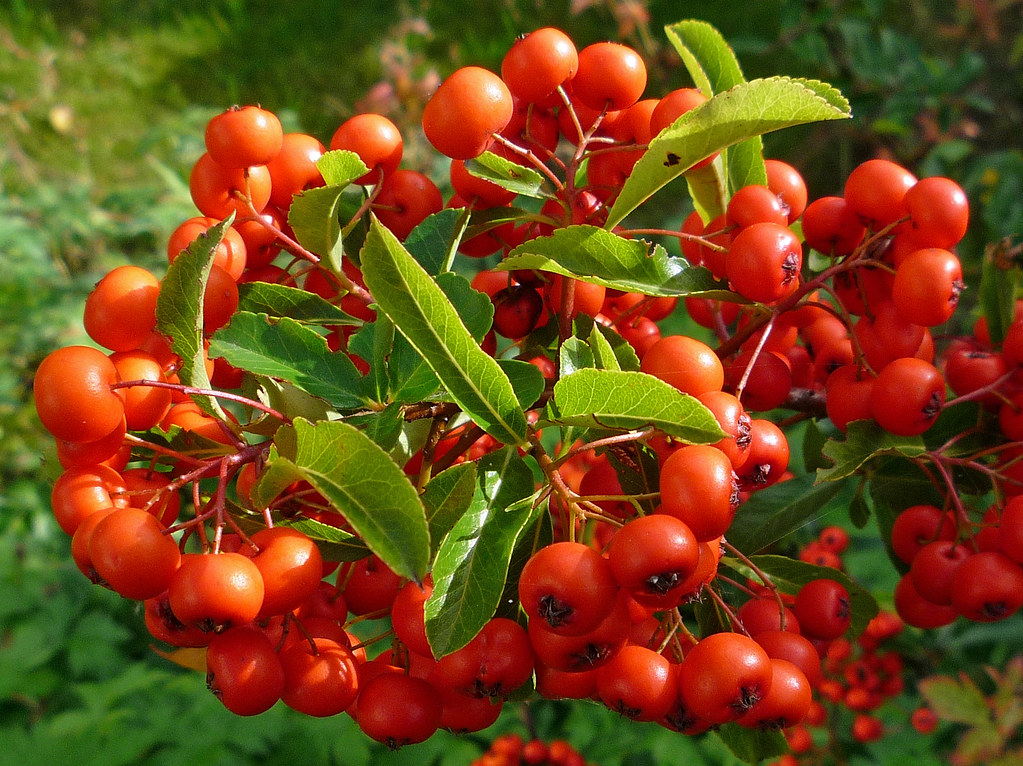
5. **Incorporate Berry-Producing Shrubs**Transform your garden into a vibrant sanctuary with berry-producing shrubs that create a stunning tapestry of colors throughout the seasons, offering both aesthetic appeal and vital sustenance for wildlife. Imagine clusters of bright winterberries, deep purple elderberries, and glossy black chokeberries forming natural jewels against varied foliage, providing visual interest even in the bleakest months. Holly bushes add classic deep green structure year-round, serving as a constant anchor in your garden’s design and a reliable food source for birds.
The layered arrangement of different shrub heights creates a natural woodland feel, mimicking ecosystems where diverse species thrive. Taller varieties like serviceberry and viburnum provide backdrop structure and upper-level fruit, while lower-growing beautyberry and coralberry offer accessible fruit at eye level for ground-foraging birds. Morning sunlight catches dewdrops on ripening berries, creating a magical atmosphere as birds flit gracefully between branches, feasting on the abundance of fruit. The shrubs’ dense structure provides safe nesting sites and crucial protection from predators, turning your garden into a living sanctuary where birds feel secure.
The interplay of textures – from smooth bayberry leaves to the intricate branches of blackberry – adds visual interest even in winter months when many plants go dormant. These shrubs ensure that your garden offers a continuous food supply, especially when other food sources might be scarce. By integrating these plants, you’re not just growing a garden; you’re cultivating a resilient ecosystem that supports wildlife through all seasons, attracting a greater diversity of bird species seeking both food and shelter.
Essential elements for an effective berry garden include a thoughtful selection of shrubs. Tall backdrop shrubs like serviceberry and viburnum provide height and seasonal fruit, while mid-height shrubs such as elderberry and holly offer substantial berry production. Low-growing shrubs like beautyberry and coralberry ensure food is available at all levels. Additionally, incorporating mulch for moisture retention, a bird bath or other water feature nearby, natural stone borders, curved pathways for aesthetic appeal, and perhaps even a bench or seating area to observe your visitors will complete the natural look and functionality of your berry haven.
When implementing your berry garden, start by placing taller shrubs along the northern border to prevent shading smaller plants, ensuring all receive adequate sunlight. Create sweeping curves of different species, grouping them in odd numbers for a natural appeal that mimics patterns found in nature. Space shrubs according to their mature size, typically 3-6 feet apart depending on the variety, to allow for healthy growth and air circulation. Layer shorter species toward the front, ensuring all plants remain accessible for maintenance and berry harvesting. Crucially, incorporate a water source nearby, as both birds and shrubs will benefit immensely from reliable hydration, making your garden even more attractive.
For smaller spaces or balconies, focus on compact varieties like dwarf winterberry or containerized blueberries, which can thrive in pots. Utilize vertical growing techniques with climbing varieties like blackberry or raspberry trained on trellises, maximizing your limited footprint. Consider seasonal berry production when selecting plants to ensure year-round interest and continuous food sources for wildlife, especially during migration periods. In urban settings, choose thornless varieties for easier maintenance and safer interaction. Remember that some berries may stain hardscaping elements like patios or walkways, so plan placement accordingly to avoid unwanted discoloration.
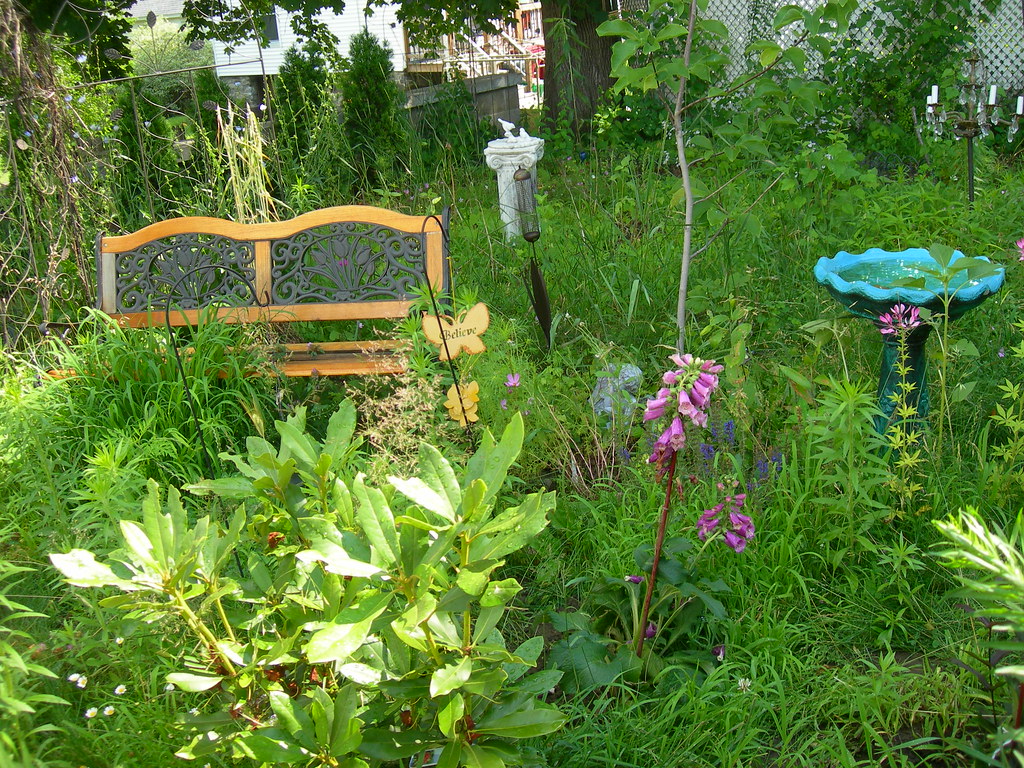
6. **Design a Butterfly Puddling Area**A butterfly puddling area transforms an ordinary garden corner into a magical oasis where delicate winged visitors gather to drink and absorb essential minerals, a behavior crucial for their health and reproduction. Imagine shallow depressions filled with damp sand, creating natural-looking pools adorned with flat rocks and pebbles of varying sizes that provide safe landing spots for butterflies. This simple, yet incredibly effective, feature caters directly to a unique and vital need of these beautiful pollinators.
Surrounding these puddling pools, clusters of native wildflowers like purple coneflower, black-eyed susans, and butterfly weed create a colorful backdrop that enhances the natural aesthetic while providing additional nectar sources for adult butterflies. The space comes alive with movement as butterflies descend gracefully to drink, their wings catching sunlight like stained glass while they rest on sun-warmed stones, absorbing both warmth and minerals. Small sections of rotting fruit nestled among the rocks add a sweet fragrance to the air and provide additional nutrition for the butterflies, making the area even more enticing.
The subtle sound of water trickling from a small solar fountain can help maintain consistent moisture levels in the puddling area, while also creating a peaceful atmosphere that draws both wildlife and human observers. This consistent moisture is key, as butterflies primarily seek damp soil to extract salts and other trace elements that are not typically found in nectar. Such an area provides a vital mineral supplement, supporting stronger flight muscles and aiding in egg production, making it an indispensable part of a truly butterfly-friendly garden.
Essential elements for creating a successful butterfly puddling area include a shallow depression or container, typically 1-2 inches deep, to hold the moist substrate. You’ll need coarse sand or fine gravel as the primary filling, combined with mineral-rich soil or sand for the nutrient content. Flat rocks of various sizes are crucial for stable landing platforms. Native flowering plants should surround the area to provide nectar. A reliable water source nearby, or integrated into the feature, is necessary to keep the sand consistently damp. Decomposing fruit can be added for extra nutrition, and the entire setup should be in a protected location with full sun exposure, as butterflies are cold-blooded and need warmth to be active.
Creating a butterfly puddling area begins with selecting a sunny location that is also protected from strong winds, as delicate butterflies prefer calm conditions. Dig a shallow depression or place a wide, shallow container into the ground, ensuring it has drainage holes to prevent waterlogging. Fill the area with a mixture of coarse sand and mineral-rich soil, leaving some areas slightly depressed to hold water and create varied moisture levels. Arrange flat rocks and pebbles throughout, ensuring they’re stable and providing various heights for butterflies to land comfortably while feeding. Position nectar-rich plants around the perimeter, maintaining enough open space for butterflies to maneuver easily and access the puddling zone.
For optimal results in any garden space, consider placement near existing butterfly-attracting plants to enhance its visibility and accessibility for your winged visitors. Maintain consistent moisture without creating standing water, which can attract mosquitoes instead of butterflies. On balconies or in very small spaces, use shallow dishes or repurposed plant saucers filled with sand and pebbles, positioning them where they’ll catch morning sun but avoid intense afternoon heat to prevent rapid drying. Add a pinch of sea salt or wood ash to the sand mixture occasionally to provide additional minerals, and refresh decomposing fruit weekly during peak butterfly season to ensure a continuous supply of nutrients.
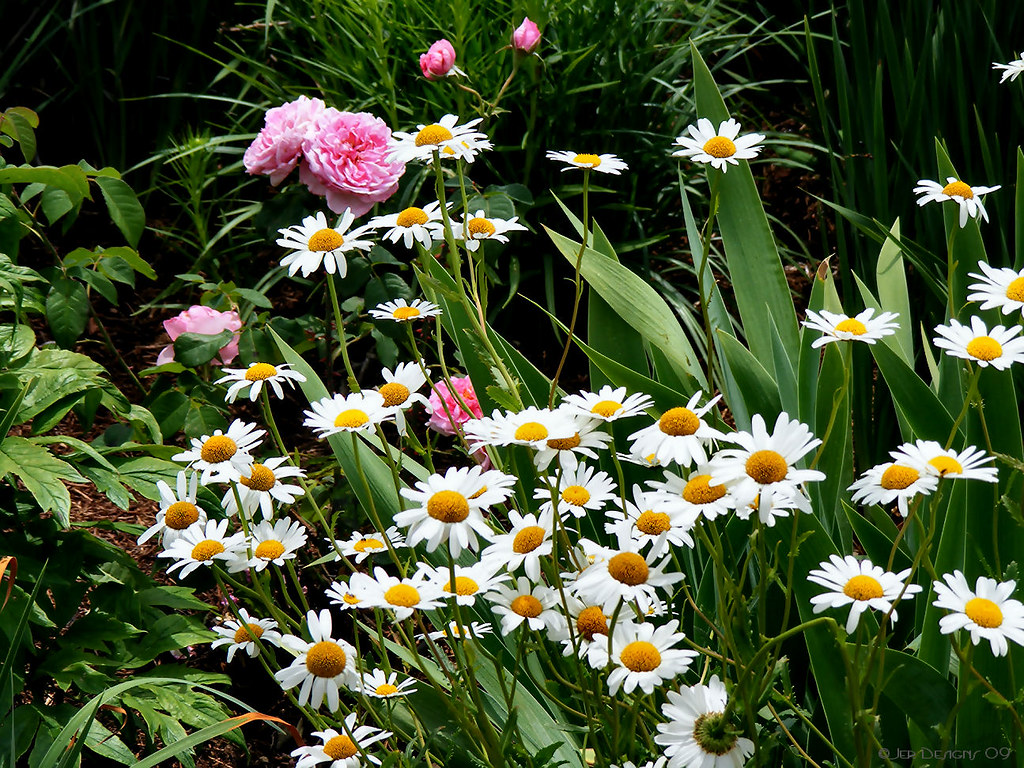
7. **Maintain Year-Round Blooms**Imagine stepping into a garden that pulses with life throughout the seasons, where vibrant blooms take turns painting the landscape from early spring through late fall. Delicate snowdrops and crocuses pierce through the last winter frost, giving way to cheerful daffodils and tulips. As summer approaches, the garden transforms with the rich purples of salvia, the bright yellows of black-eyed susans, and the deep blues of delphinium, creating a symphony of colors that attracts countless winged visitors. This ‘perpetual display’ ensures a continuous food source and visual delight, making your garden a reliable haven.
The secret to this ongoing natural spectacle lies in thoughtful layering and succession planting, where early bloomers nestle beneath the emerging foliage of later-season plants. Flowering shrubs like hydrangeas and butterfly bush provide essential structure and reliable blooms, while perennials such as coneflowers and Russian sage offer sustained color through the hottest months. Even the colder seasons reveal beauty through ornamental grasses, berry-laden holly, and the architectural interest of seed heads left standing, which also double as food for birds.
To create your continuous bloom garden, start by mapping your space based on sun exposure and soil conditions, planning for early spring bulbs, late spring perennials, summer favorites, and fall flowers. Incorporate shrubs as anchor points, selecting varieties that flower at different times. Maintain the display by regularly deadheading spent blooms to encourage new growth and trimming back early-season perennials after they finish flowering. Deep, infrequent watering and applying a slow-release fertilizer will further support healthy, vibrant growth throughout the year.
For smaller spaces or balconies, focus on compact varieties and containers that can be rotated seasonally, or utilize vertical space with climbing plants and hanging baskets at different heights. Choose dwarf varieties of normally large plants, and consider self-seeding annuals to fill gaps between perennial bloom times. Container gardens are particularly effective for maintaining year-round interest, as pots can be moved to prominent positions when plants are at their peak and discreetly relocated when dormant.
Read more about: Boomer Bling vs. Gen Z Zing: 14 Household Items That Define a Generational Divide
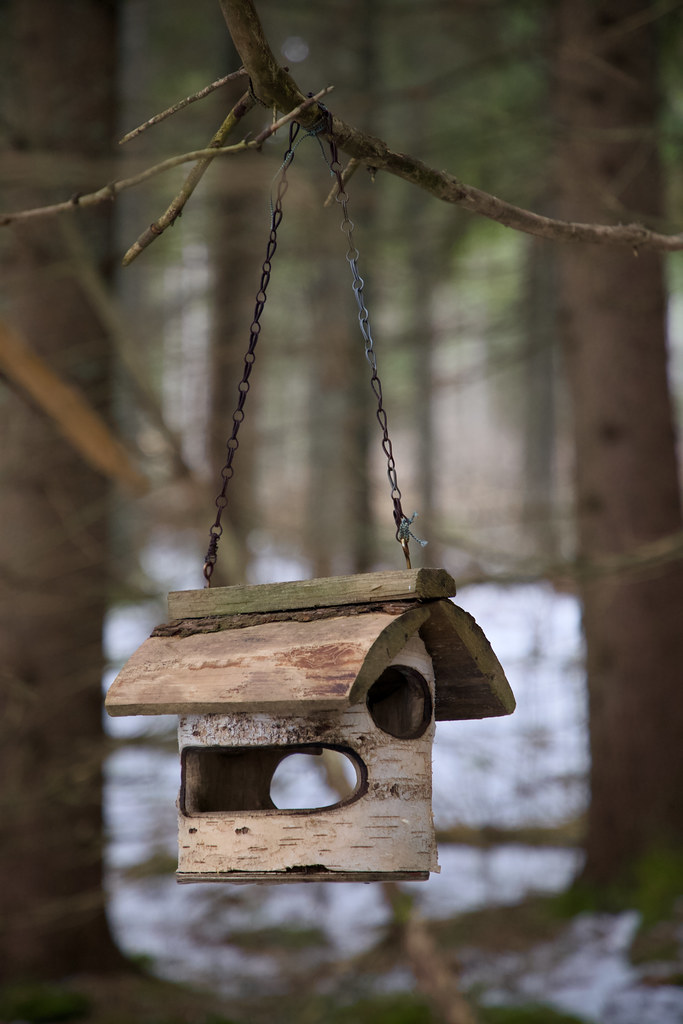
8. **Establish Shelter and Nesting Spots**Transform your garden into a sanctuary where birds and butterflies find refuge among layers of protective foliage and thoughtfully placed shelter options. Dense shrubs, climbing vines, and mature trees create a living tapestry that offers natural protection from predators and harsh weather. Native evergreens like juniper and holly stand as year-round guardians, while flowering shrubs and sturdy trees provide safe havens, giving your winged visitors the sense of security they need to truly thrive.
A layered garden design is crucial for providing varied shelter. It mimics natural ecosystems, offering different heights for different species to find cover, rest, or build nests. Beyond just plant structure, consider adding ‘wild areas’ with log piles, rock collections, or patches of tall grass, which provide essential shelter for butterflies and ground-dwelling insects that birds feed on. For nesting, simple birdhouses or earthen pots tucked into corners can offer ideal sites, ensuring birds feel secure enough to return year after year.
To effectively establish shelter, begin by assessing your garden for existing cover and identifying any gaps. Plant dense evergreen shrubs in strategic locations to provide consistent year-round protection, particularly near areas where birds tend to congregate or feed. Create layered plantings using a mix of tall trees, medium shrubs, and low ground covers, ensuring a variety of hiding spots. Position birdhouses and nesting boxes in sheltered, quiet areas, away from prevailing winds and easy predator access, and always ensure they are at appropriate heights for the species you wish to attract.
Remember, minimizing disturbance in shaded parts of the garden, especially during breeding season, is vital for the safety and success of nesting birds. By offering a range of secure havens, your garden becomes a trusted home, encouraging more regular visits and even permanent residency for a diverse array of feathered and fluttering friends. This commitment to shelter significantly enhances the biodiversity and natural balance of your outdoor space.
Read more about: The 12 Ultimate Jay Species: Nature’s Bespoke Avians Defining Elite Style and Intelligence
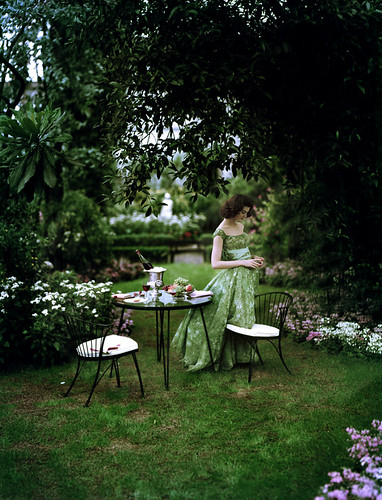
9. **Practice Natural Garden Maintenance**If you envision a garden teeming with life – vibrant butterflies fluttering between blooms and cheerful birds singing from branches – embracing natural garden maintenance is not just an option, it’s a necessity. This approach prioritizes the health of your entire ecosystem over superficial perfection, actively avoiding chemicals that can harm the very creatures you wish to attract. Chemical pesticides, herbicides, and fertilizers not only kill pests but also beneficial insects and contaminate the nectar and plants that birds and butterflies depend on, ultimately disrupting the delicate balance of your garden’s ecosystem.
Instead, choose to nurture your garden with organic gardening methods, which are both effective and environmentally friendly. This includes enriching your soil with homemade compost and natural fertilizers like coffee grounds, crushed eggshells, or nutrient-rich banana peels. Embrace companion planting techniques, where specific plant groupings naturally deter pests and attract beneficial insects, reducing the need for intervention. When pest problems arise, opt for gentle, natural solutions such as neem oil, garlic spray, or diluted soap solutions, or use targeted physical methods like hand-picking pests or deploying row covers for protection.
A natural garden truly operates as a functioning food chain, where caterpillars and other insects serve as vital food sources for birds and other wildlife. Accepting minor leaf damage is a positive sign that caterpillars are feeding, which is absolutely crucial for butterfly reproduction and forms a fundamental part of a bird’s diet. By allowing this natural balance to thrive, you ensure that butterflies can lay their eggs safely on host plants and that birds have an abundant, chemical-free supply of food, ultimately creating a robust and self-sustaining ecosystem right outside your door.
Transitioning to natural garden maintenance begins with a commitment to gradually replace chemical products with organic alternatives. Incorporate a composting system to enrich your soil naturally and reduce waste, fostering a healthy foundation for your plants. Regularly monitor your plants for signs of pests, addressing issues early with physical methods or targeted natural sprays before they escalate. Remember, the goal is to work with nature, not against it, allowing your garden to become a safe, thriving haven where life flourishes without harmful interventions.
Read more about: Busting the Biggest Battery Blunders: 15 Car Power Fictions Mechanics Wish You’d Quit
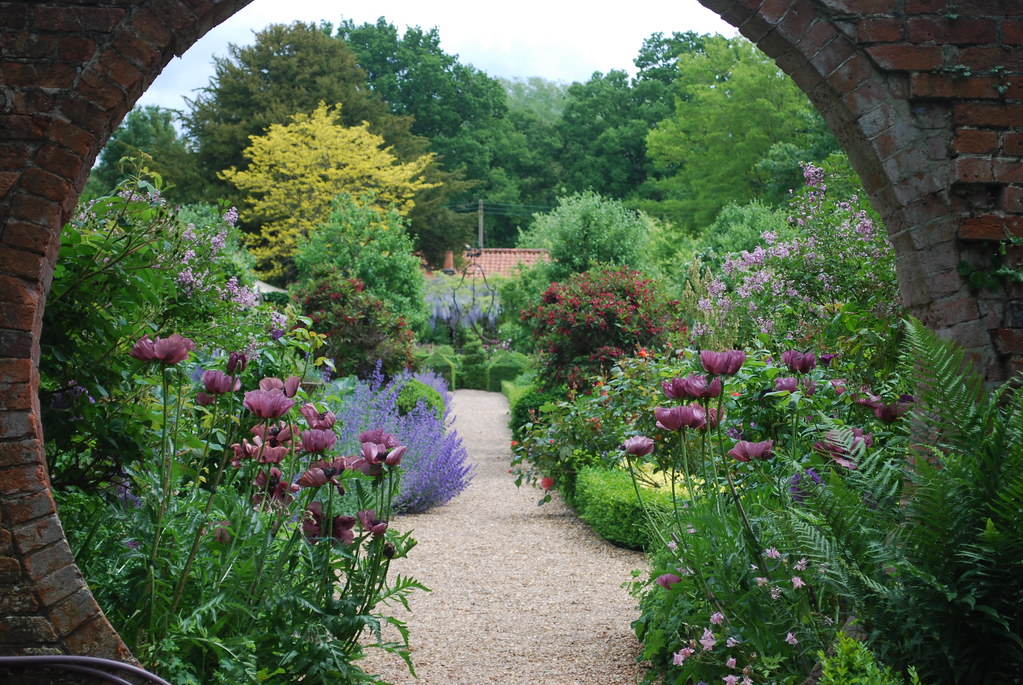
10. **Let a Corner of Your Garden Stay Wild**While a neatly manicured garden has its undeniable appeal, truly inviting birds and butterflies into your space often means embracing a touch of delightful wildness. Allowing a small, designated corner of your garden to remain undisturbed creates an invaluable micro-habitat that mimics nature’s own untamed beauty, offering essential resources that perfection simply can’t provide. A perfectly manicured lawn, though aesthetically pleasing to us, rarely attracts anything beyond human admiration, whereas a wild patch buzzes with life.
In this special wild corner, resist the urge to tidy every fallen leaf or trim every stem. Let native weeds like lantana, milkweed, and wild grasses grow freely, as these often serve as crucial host plants for caterpillars and valuable nectar sources for adult butterflies. Do not clear away dry leaves, twigs, or fallen branches immediately; these decaying materials provide indispensable shelter and food for insects and caterpillars, which are vital components of a bird’s diet. Avoiding constant trimming also ensures that birds and butterflies have slightly overgrown, bushy areas for safe nesting, resting, and hiding from predators.
This ‘wild’ approach works beautifully because these natural corners mimic essential habitats that are increasingly rare in urbanized areas. Insects multiply here, providing a consistent and readily available food source for birds, while caterpillars find crucial hiding spots to develop into butterflies. Butterflies, in turn, discover safe, undisturbed places to lay their eggs, ensuring the next generation thrives. This contributes significantly to local biodiversity, fostering a complete and resilient ecosystem within your own garden.
Creating your own wild corner is surprisingly simple: identify an out-of-the-way section that receives at least partial sun and commit to minimal intervention. Stop mowing or trimming in this area, allowing native grasses and wildflowers to establish themselves naturally. If starting from scratch, scatter native wildflower seeds and let them self-sow. Over time, this space will develop into a bustling hub of biodiversity, requiring very little ongoing maintenance from you while providing immense benefits to local wildlife.
Read more about: Mastering the Wild: 12 Expert-Backed Truck Upgrades to Dramatically Boost Off-Road Performance
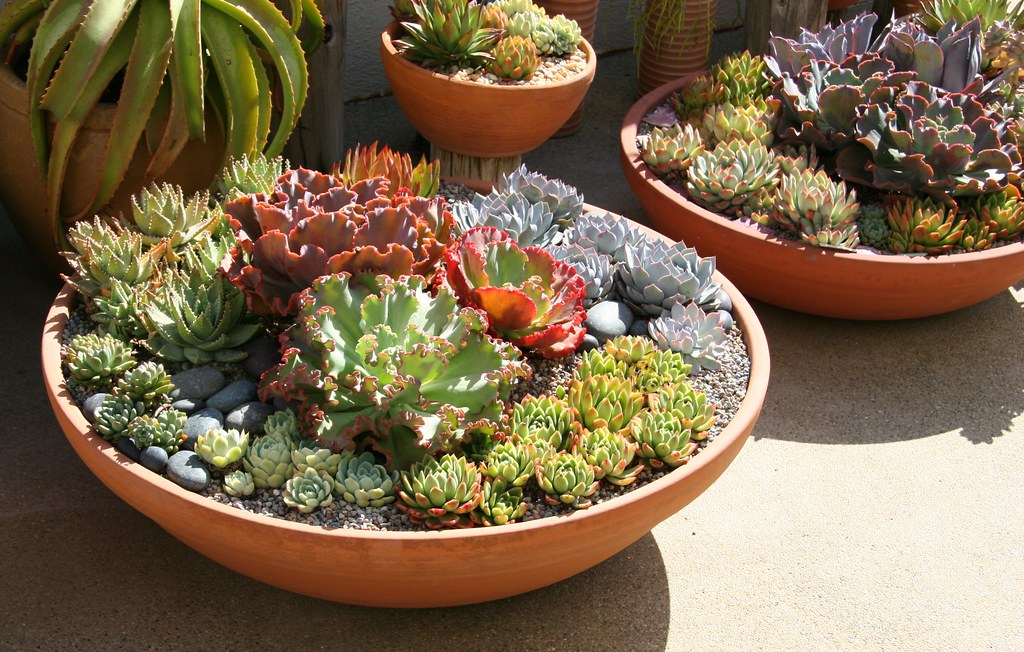
11. **Make the Most of Small Spaces**Even if you don’t have a sprawling backyard, the dream of a vibrant wildlife haven is entirely within reach. Small spaces like balconies, terraces, or even windowsills can become powerful magnets for birds and butterflies with thoughtful design and plant selection, proving that size is no barrier to nurturing nature. Your urban oasis can serve as crucial ‘stepping stones’ for birds and butterflies as they move across cities and neighborhoods, bridging the gaps between larger natural areas.
The key is to maximize every inch, especially vertical space. Utilize pots, vertical planters, or hanging baskets for herbs and flowers. Grow plants like tulsi, mint, marigold, or lemongrass, all known to attract a host of pollinators. Look for compact varieties of native flowers and shrubs that are well-suited for containers, ensuring they receive adequate drainage and sunlight. Consider railing-mounted feeders and bird baths, as well as wall-mounted planters, to create multi-level feeding and resting zones, extending your garden upwards.
Don’t overlook the essential element of water; place a shallow water bowl on a shelf or railing, adding pebbles for butterflies to perch safely. Compact tabletop fountains or wall-mounted bird baths can also create appealing water sources while conserving space. For feeding, use window-mounted feeders with suction cups for very small areas, but always remember to apply UV decals to your windows to prevent potentially fatal bird collisions. Regularly clean and refresh water sources to prevent mosquito breeding and ensure hygiene.
Read more about: Future Forward: 11 Game-Changing SUVs Worth Every Moment of Your 2026 Wait
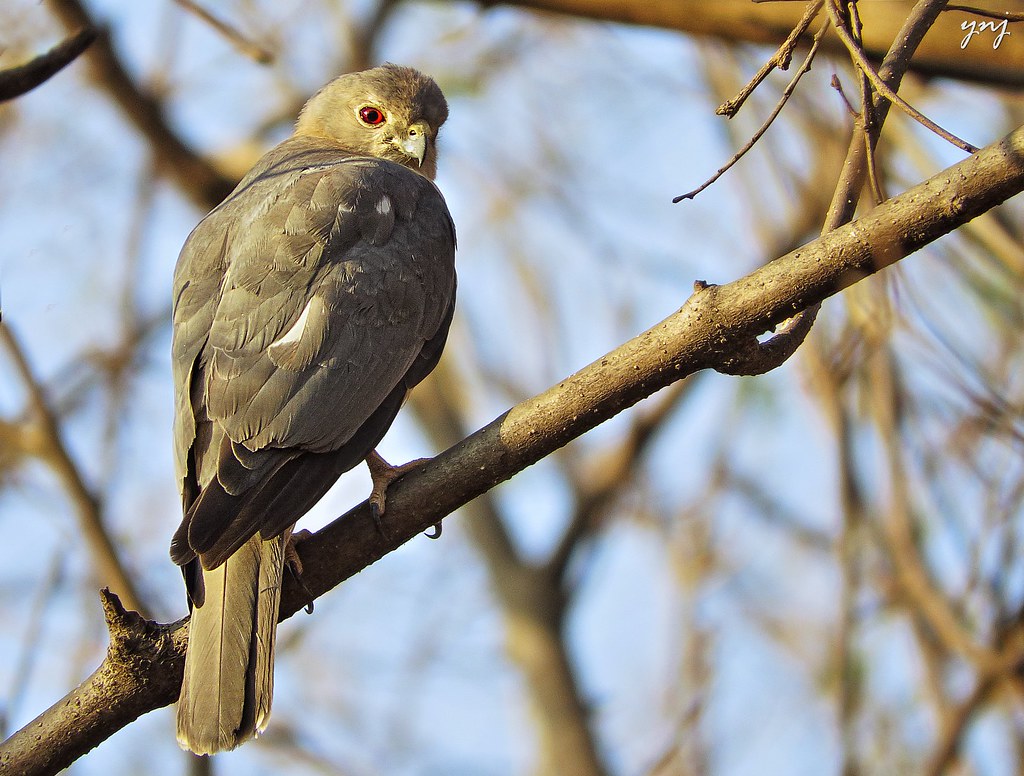
12. **Maximize Sunlight Exposure**Sunshine is more than just light; it’s life-giving energy, especially for the cold-blooded beauties we hope to attract to our gardens. Maximizing sunlight exposure is a foundational principle for creating a thriving bird and butterfly haven, ensuring these winged visitors have the warmth they need to be active, vibrant, and able to fly. Butterflies are particularly dependent on sunlight for warmth and energy, with most species requiring at least six hours of direct sun daily to be active, feed efficiently, and carry out their life cycles.
The sun’s warmth benefits plants too, prompting them to produce more abundant and nectar-rich flowers, as well as more seeds and berries, all of which are essential food sources for both birds and butterflies. Birds also appreciate sunny spots for sunbathing, a crucial activity that helps them preen, maintain feather health, and rid themselves of parasites. Positioning various garden elements to receive optimal sunlight maximizes their appeal and functionality for your wildlife guests.
To help butterflies warm up effectively, create welcoming basking spots by placing flat, wide stones strategically among your flowers. Choose gray or light-colored stones that absorb and radiate warmth gently in the sun, but avoid black stones which can overheat and potentially harm delicate butterfly feet. Position these basking stones where they’ll receive generous morning sun, as butterflies need to warm up after cool nights before they can become fully active and begin their foraging.
When designing your garden, prioritize the sunniest locations for your primary butterfly and bird-attracting plants. Orient beds and borders to receive at least six hours of direct sunlight daily, ideally morning sun, which is less intense than afternoon sun. Regularly trim back any overhanging branches or dense foliage that might unnecessarily shade these vital areas, especially around key nectar sources, host plants, or basking stones. By thoughtfully harnessing the power of the sun, you ensure both your plants and your winged guests receive the essential warmth and energy they need to flourish, transforming your garden into a beacon of vibrant life.
Read more about: Unlock Continuous Power: 13 Essential Ways to Keep Your RV’s 12-Volt Battery Charged on Every Adventure
As we’ve explored these vital strategies, it becomes wonderfully clear that transforming your garden into a bustling wildlife sanctuary is an achievable and incredibly rewarding endeavor. From the thoughtful placement of year-round blooms and the provision of essential shelter, to embracing a touch of wildness and harnessing the power of the sun, each step you take contributes to a thriving ecosystem. It’s a journey of discovery, where every choice, big or small, helps weave a richer tapestry of life in your own backyard. So step outside, get your hands dirty, and let the magic of birdsong and butterfly wings fill your days, reminding us all of the profound connection between nature and the spaces we cultivate. Your garden won’t just be a feast for the eyes; it will be a beating heart of biodiversity, a cherished gift to the natural world and a source of endless joy for you.



